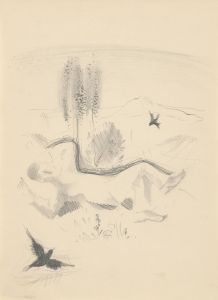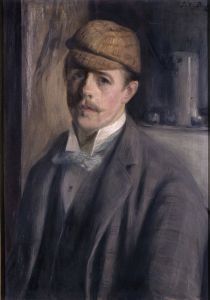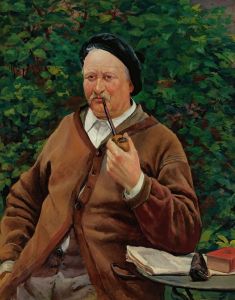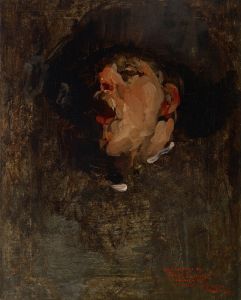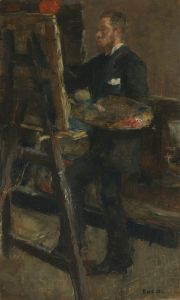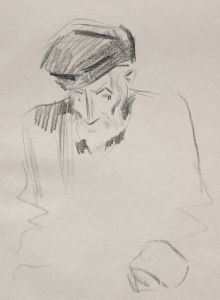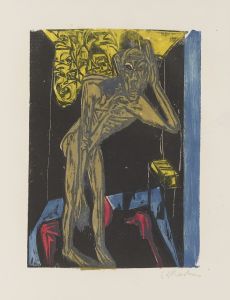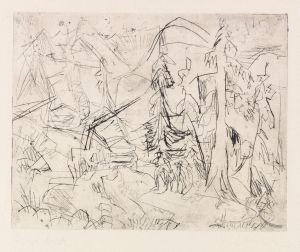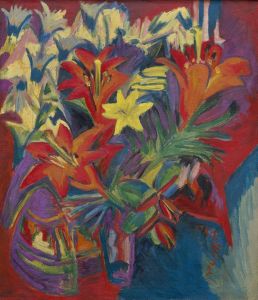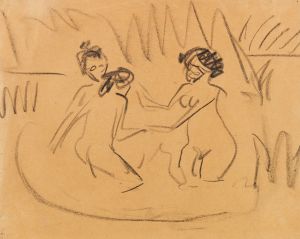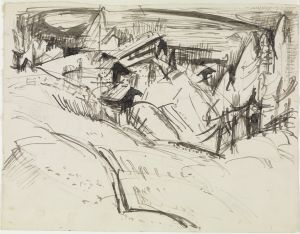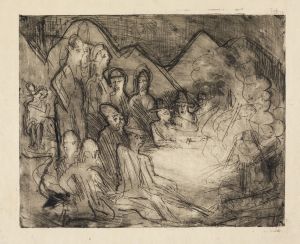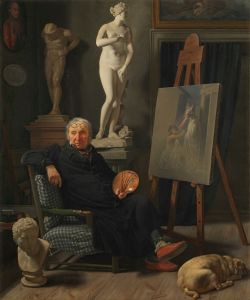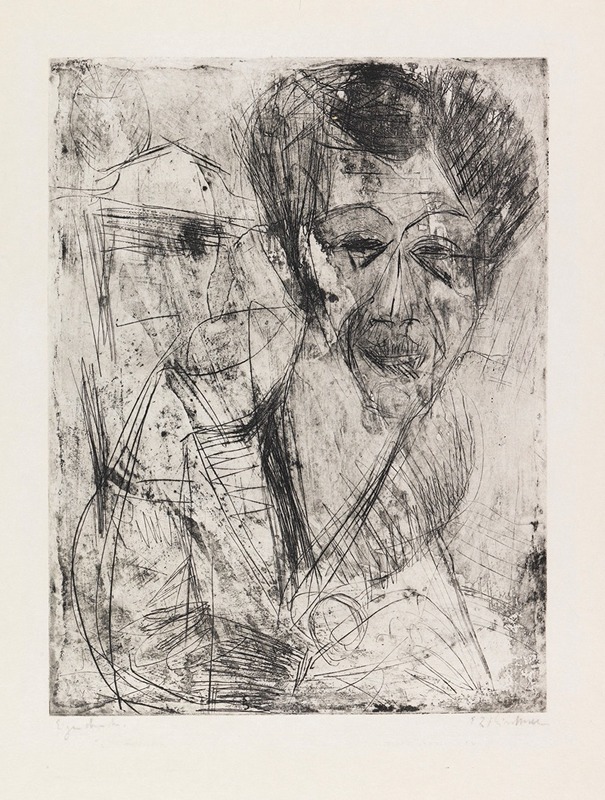
Selbstbildnis
A hand-painted replica of Ernst Ludwig Kirchner’s masterpiece Selbstbildnis, meticulously crafted by professional artists to capture the true essence of the original. Each piece is created with museum-quality canvas and rare mineral pigments, carefully painted by experienced artists with delicate brushstrokes and rich, layered colors to perfectly recreate the texture of the original artwork. Unlike machine-printed reproductions, this hand-painted version brings the painting to life, infused with the artist’s emotions and skill in every stroke. Whether for personal collection or home decoration, it instantly elevates the artistic atmosphere of any space.
Ernst Ludwig Kirchner, a prominent German expressionist painter and one of the founding members of the influential art group Die Brücke, created several self-portraits throughout his career. One of his notable works in this genre is "Selbstbildnis" (Self-Portrait), which reflects his distinctive style and the broader themes of the expressionist movement.
Kirchner was born in 1880 in Aschaffenburg, Germany, and studied architecture in Dresden before fully committing to painting. In 1905, he co-founded Die Brücke, a group that sought to bridge traditional art with modern expression, emphasizing raw emotion and vibrant color. This movement was part of a broader trend in early 20th-century art that reacted against the academic standards of the time, seeking instead to capture the emotional experience of modern life.
"Selbstbildnis" is a compelling example of Kirchner's expressionist style. His self-portraits often reveal his psychological state and his response to the world around him. In these works, Kirchner frequently employed bold colors, dynamic compositions, and distorted forms to convey emotion and introspection. His self-portraits are not merely representations of his physical appearance but are deeply introspective, offering insight into his inner life and artistic philosophy.
Kirchner's self-portraits, including "Selbstbildnis," often feature a direct and confrontational gaze, engaging the viewer and inviting them into his world. The use of exaggerated features and intense colors is characteristic of his work, reflecting both his personal struggles and the broader existential concerns of the expressionist movement. These elements combine to create a sense of immediacy and emotional intensity, hallmarks of Kirchner's artistic output.
Throughout his career, Kirchner faced numerous personal challenges, including mental health issues exacerbated by his experiences during World War I. These struggles are often reflected in his self-portraits, which can be seen as a form of self-exploration and therapy. His work during this period became increasingly introspective, capturing the anxiety and alienation of the modern world.
Kirchner's contribution to art extends beyond his paintings; he was also a prolific printmaker and sculptor. His work has had a lasting impact on the development of modern art, influencing subsequent generations of artists. Despite facing significant challenges, including the Nazi regime's condemnation of his work as "degenerate art," Kirchner's legacy endures. His self-portraits remain powerful examples of expressionist art, offering insight into both his personal journey and the broader cultural context of his time.
In summary, "Selbstbildnis" by Ernst Ludwig Kirchner is more than a mere depiction of the artist; it is a window into the emotional and psychological landscape of one of the 20th century's most influential expressionists. Through his innovative use of color, form, and composition, Kirchner's self-portraits continue to resonate, reflecting the complexities of the human experience and the enduring power of expressionist art.





